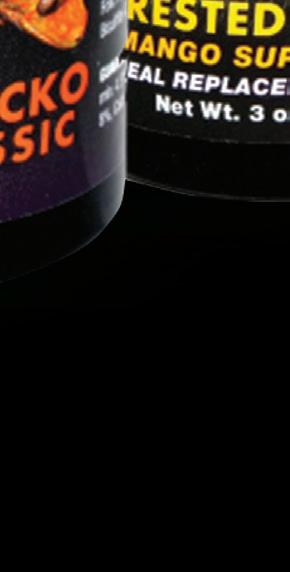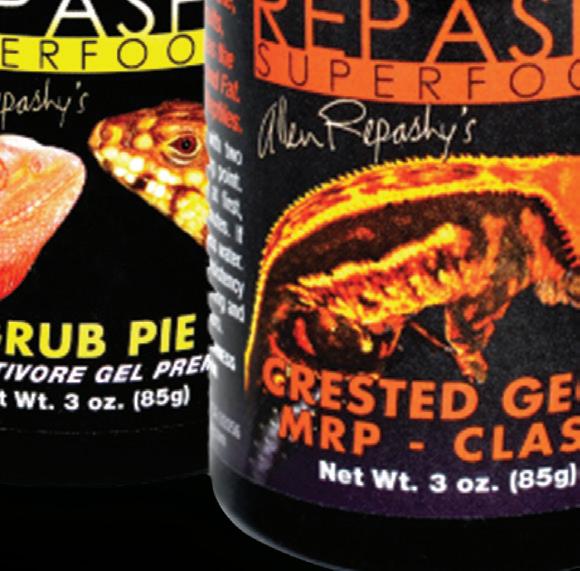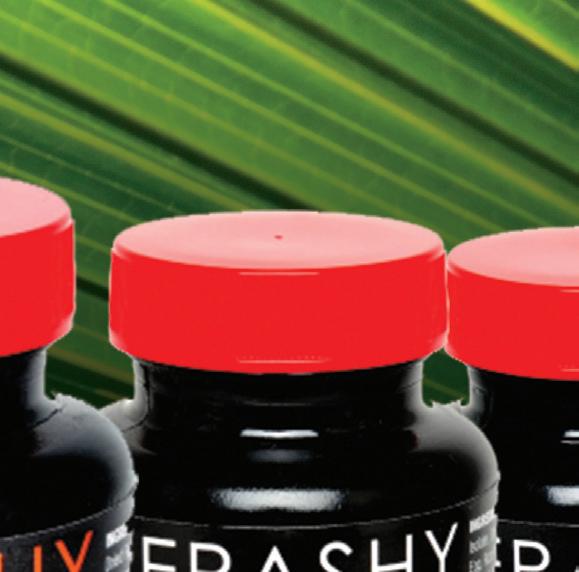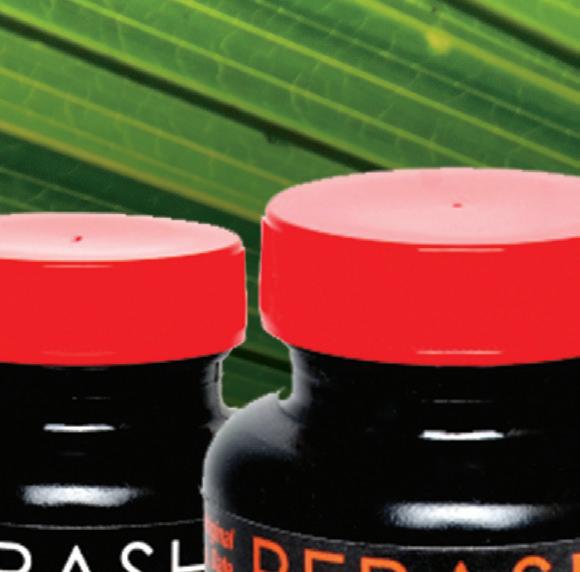
2 minute read
ENRICHMENT IDEAS
Dietary Enrichment (Carnivores)
Enrichment is the pinnacle of good animal welfare. It converts husbandry goals from “keeping an animal alive”, to “allowing the animal to thrive”. Enrichment is a broad term and a multi-faceted approach is key. Enrichment doesn’t just benefit the animal, but gives us keepers new and exciting ways to interact or observe our animals. In this new monthly feature, EK discusses some of the best enrichment ideas that are being used today. Please submit your own ideas to thomas@exoticskeeper.com
Advertisement
1. Nest feeding corn snakes
There are multiple ways of recreating a ‘nest’ for species that would typically raid them. For snake species used to rats, feeding several pinkie mice in a small tub/hide and placing it either below the substrate or in an elevated position can simulate this. This will prompt natural foraging behaviours and is also a brilliant way to get some snakes feeding in a more organic way. Of course, each individual snake will have a slightly different temperament when it comes to feeding, but removing the animal from its enclosure, creating a scent trail and hiding a ‘nest’ is ideal for more adventurous snakes.
2. Hanging weaver nest
Many zoos use hanging weaver nest birdboxes and place insects or treats in them for a whole host of species. Arboreal monitor lizards can really benefit from having to think strategically about getting to the prey item. This enrichment method can be used with a whole host of food items relevant to the animal. Quail eggs and chicks make for an authentic experience, but large insects can be equally as enriching.
3. Mealworm/worm dispensers
There are loads of excellent enrichment ideas that span all taxa. For example, dog puzzle boards can be manipulated by clever species to get to a treat. Parrots, monitors and small mammals would certainly have the cognitive ability to solve these puzzles. However, for more conventional pet species, various brands create mealworm dishes that slowly release the feeder insects over time. This replicates wild conditions where there is no structure to the availability of food.
4. Irregular feeding patterns
Those who only keep one, or a couple of animals can ensure greater levels of enrichment by using an irregular feeding pattern. Many of us do this anyway, but once a keeper is confident in how much they should be feeding their animal and how responsive that animal is, breaking up mealtimes is a much more natural way of feeding. Combine this with a huge spectrum of different feeder insects and we can provide dietary enrichment in some of the simplest ways.
5. Tree-feeding royal pythons
Male royal pythons (Python regius) are at least semiarboreal by nature. Not only is their diet comprised of up to 70% nestling birds, but field research suggests that males are most found in trees. Young specimens (shorter than 70cm in length) have a diet comprised of almost entirely nestling and hatchling birds. In captivity, we should be replicating that behaviour as best we can by placing food items or using tongs at high vantage points in the vivarium. Bringing royal pythons out to climb frames or even trees on sunny days is majorly beneficial. Keep in mind that chicks are extremely fatty, so while they would feed on these in the wild, a mixed diet is recommended.
Speciality Pet Products
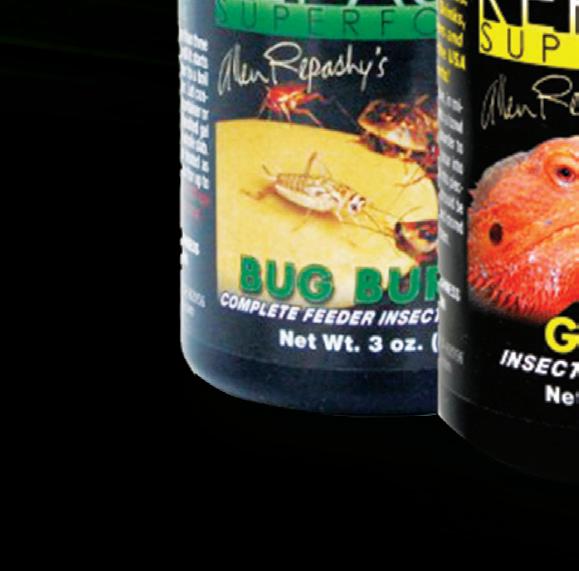
With 20 years of research and development Repashy Superfoods have refined the ultimate range of premix reptile diets, inset gutload formulas and supplements. Fortified with vitamins, trace elements and minerals.
